The 2026 F1 regulations represent a profound evolution of the current rules.
Indeed, one could take it to the extreme, speaking of a real revolution. In fact, the only thing that will not change will be the fact that the single-seaters will continue to be ground-effect cars - but it will be decidedly less powerful than it is today.
This is to say that beyond the fact the overall downforce will be reduced by around thirty percent and the drag will be halved, the aerodynamics of the 2026 cars will be based on substantially different parameters compared to the current generation.
On a dimensional level, the cars will be shorter, characterised by a wheelbase reduced to 3400mm in maximum length compared to the current 3600mm.
The cars will be 10 centimetres narrower - 190cm compared to the current two metres. The floor will also be narrower, going from the current 1600mm to 1500mm in maximum width. No less important is the weight reduction of 30kg, going from the current 798kg to 768kg.
The combination of these changes produces at least two effects - greater handling of the cars, which will be more reactive than today, especially in the more driven sections of the circuits, but also a reduction in the downforce generated by the body of the car, and especially by the floor.
Viewed by others:
Active aerodynamics
In essence, the cars will be less rigid, or in any case, their aerodynamic performance will be less dependent on the ride heights adopted.
But the real revolution - which allows us to talk about 2.0 aerodynamics - is the advent of active aerodynamics for the front and rear wings.
In practice, drivers will be able to vary the incidence of the last two elements of the front wing and those of the rear, going from a Z configuration to an X configuration on the straights, reducing drag and increasing top speed.
It will be more effective than DRS currently is, but with Manual Override Mode replacing DRS as the primary overtaking aid, active aerodynamics will not have the limits imposed that DRS currently does - therefore it is even more critical for teams to understand and implement successfully.
The objective fact is that performance will depend on how the active aerodynamics, studied by the individual teams, blend effectively with the dynamic and aerodynamic concept of the single-seater.
The introduction of active aerodynamic elements will require careful study by the designers in finding the best integration between the two configurations (Z and X).
In essence, it is foreseeable that best getting to grips with the new approach to aerodynamics, contrary to the expectations of greater performance convergence, could be a source of substantial performance differences depending on how accurate the study carried out is for each team.
Ergo, designers and teams with greater experience and computing capacity will be able to enjoy advantages that are unimaginable today.
No less significant are the changes already ratified some time ago regarding the power units.
In fact, they go well beyond the increase in electric power equal to approximately half of the overall power - the introduction of Manual Override Mode (which will no doubt be known as MOM) will provide drivers an IndyCar-esque push-to-pass overtaking aid.
Overall, the power unit changes are not only to determine favourable conditions for overtaking, but also on the grounds of safety, to avoid sudden and dangerous losses of power of the single-seaters caused by a premature exhaustion of the electrical power supplied (clipping).
It seems correct to reiterate that the 2026 cars, in any case, will not be remote-controlled with the aim of increasing the fight on the track.
It is worth underlining that active aerodynamics represents a previously unexplored but decidedly fascinating area of technique applied to competitions.
Nowadays, the IT tools are available to make it effective, maintaining the values of extreme competition typical of F1 unchanged, without actually risking it turning into a factor of technical doping.
Also interesting:
In the latest episode of the RacingNews365.com podcast, join Ian Parkes, Sam Coop and Nick Golding as they look ahead to the Canadian Grand Prix, Red Bull's struggles potentially continuing and the news that Esteban Ocon will leave Alpine at the end of 2024.
Don't miss out on any of the Formula 1 action thanks to this handy 2026 F1 calendar that can be easily loaded into your smartphone or PC.
Download the calenderMost read
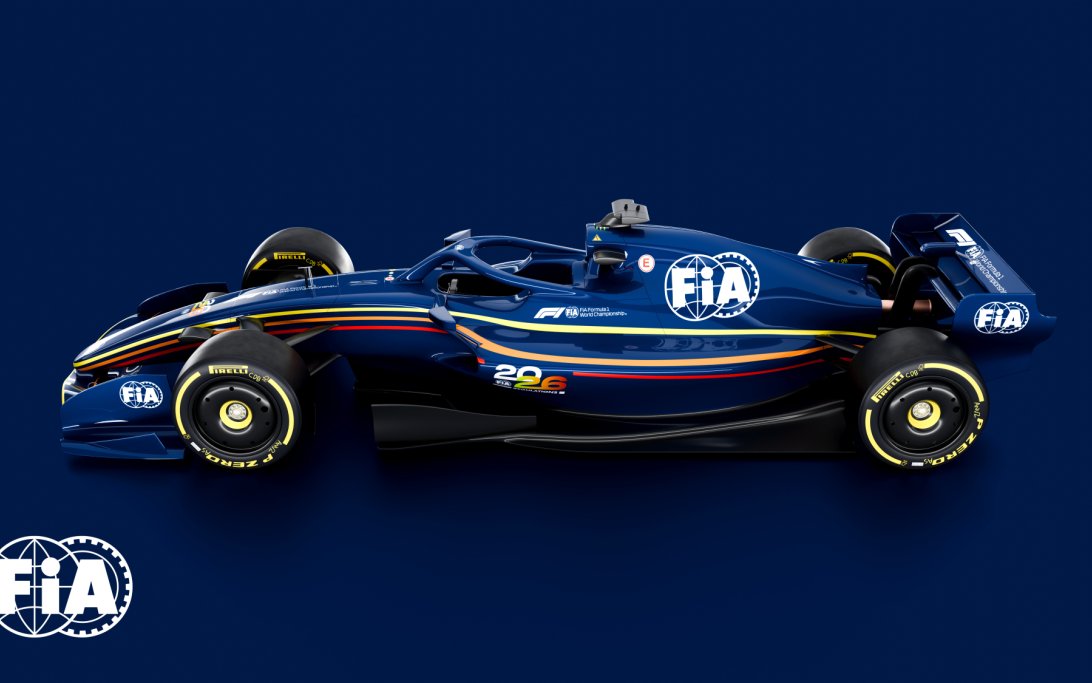

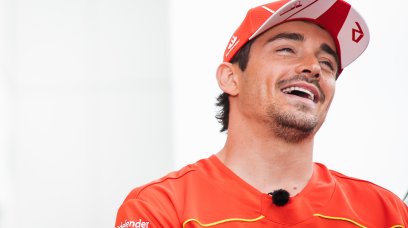
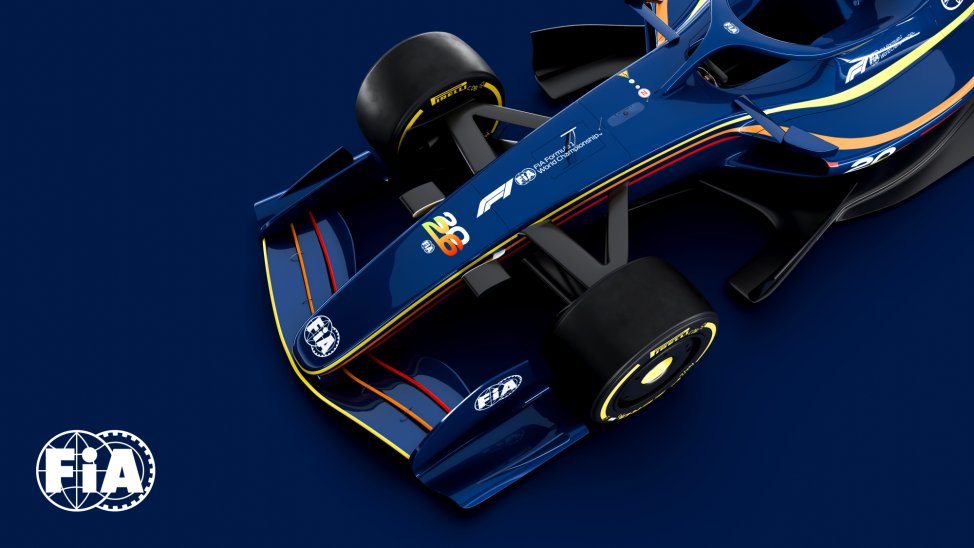


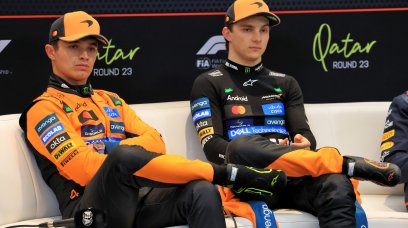
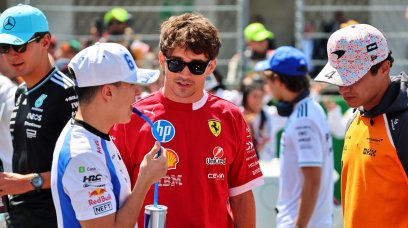
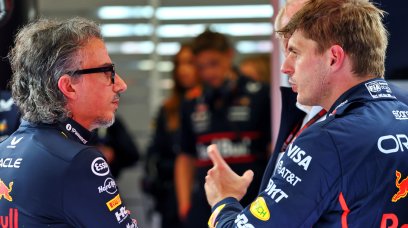
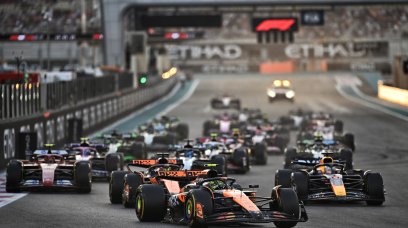
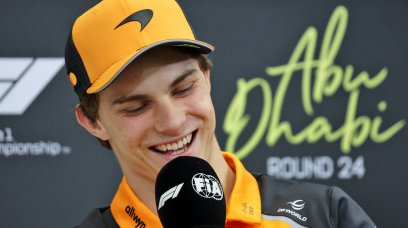

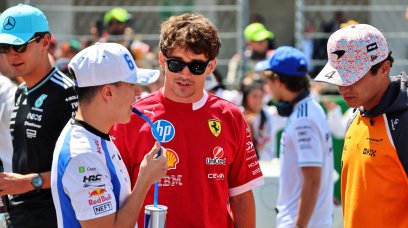
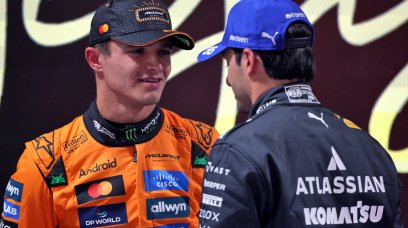
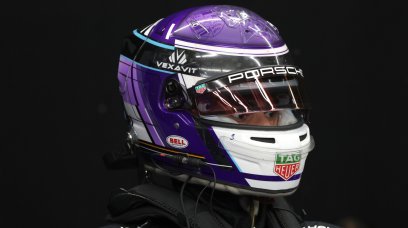













Join the conversation!